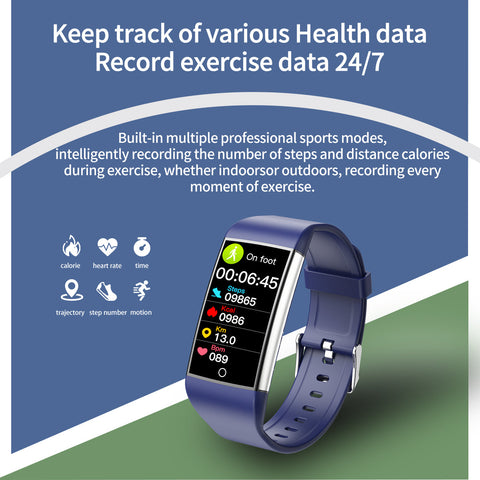How to Properly Fit and Adjust Your Backpack
Whether you're gearing up for a day hike, embarking on a multi-day trek, or simply commuting to work or school, a properly fitted backpack can make all the difference in terms of comfort and functionality. A poorly fitted backpack can lead to discomfort, strain on your back and shoulders, and even affect your posture over time. Here’s a comprehensive guide on how to properly fit and adjust your backpack to ensure you're ready for any adventure or daily commute.
Why Proper Fit Matters
Before we delve into the steps of fitting your backpack, it's essential to understand why a proper fit is crucial:
-
Comfort: A well-fitted backpack distributes weight evenly, reducing strain on your shoulders and back muscles.
-
Efficiency: Properly fitting your pack allows you to carry your load more efficiently, which is essential for longer hikes or travels.
-
Prevention of Injury: Improperly distributed weight can lead to muscle strain, fatigue, and even injury, especially during extended periods of wear.
Steps to Fit and Adjust Your Backpack
-
Choose the Right Size: Backpacks come in different sizes based on torso length and capacity. Measure your torso length (from the base of your neck to the top of your hips) to determine the appropriate size range for your backpack.
-
Loosen All Straps: Before you put the backpack on, loosen all straps (shoulder straps, hip belt, load lifters, and sternum strap) to their maximum length.
-
Put on the Backpack: Lift the backpack by the grab loop and position it on your back. Ideally, the hip belt should sit on your hip bones, not your waist, with the shoulder straps snug against your shoulders.
-
Adjust the Hip Belt: Start by tightening the hip belt until it comfortably wraps around your hips. The padding should rest on your hip bones, and the buckle should be centered over your stomach.
-
Adjust Shoulder Straps: Gradually tighten the shoulder straps while ensuring the weight is evenly distributed. The shoulder straps should fit snugly without digging into your shoulders. Adjust the load lifters (located on top of the shoulder straps) to angle the backpack closer to your upper body.
-
Sternum Strap Adjustment: Clip the sternum strap across your chest. Adjust it so it sits comfortably, preventing the shoulder straps from slipping off your shoulders.
-
Load Distribution: Once the backpack is on and adjusted, pack heavier items closer to your back and center of gravity. This helps maintain balance and stability while walking.
-
Check Mobility: Move around and adjust the straps further if needed. You should be able to move freely without the pack shifting excessively or causing discomfort.
-
Final Adjustments: Fine-tune the straps as needed during your initial walk or hike. Straps may loosen over time and with movement, so periodic readjustments may be necessary.

Tips for Comfort and Safety
-
Weight Distribution: Distribute weight evenly between the hip belt and shoulder straps. The hip belt should bear most of the weight to reduce strain on your shoulders.
-
Proper Posture: Maintain good posture while wearing your backpack. Avoid slouching forward or leaning backward excessively, which can strain your back muscles.
-
Regular Breaks: Take breaks during long hikes or walks to relieve pressure and stretch your muscles. This helps prevent fatigue and discomfort.
-
Pack Light: Only pack essential items to reduce overall weight. Consider the duration of your trip or activity when deciding what to bring.
Mastering the art of fitting and adjusting your backpack is essential for anyone who enjoys hiking, traveling, or even daily commuting. A well-fitted backpack not only enhances comfort but also ensures you can carry your load efficiently and safely. By following these steps and paying attention to comfort and weight distribution, you'll be ready to tackle any adventure with ease. Remember, the right fit makes all the difference in your outdoor experience—so take the time to adjust your pack properly before setting off on your next journey!












